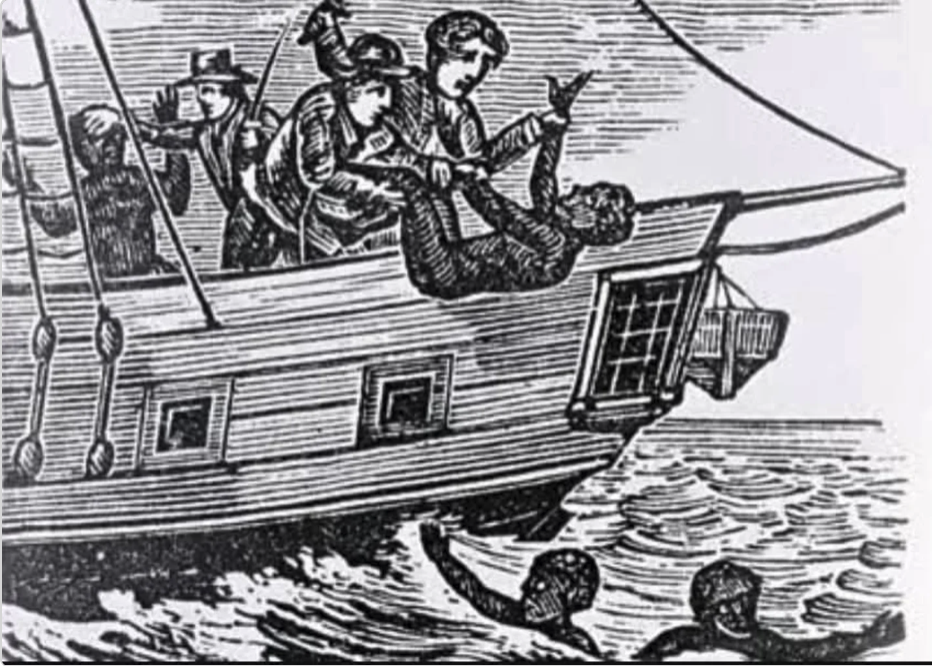1781, the British slave ship Zong

In 1781, the British slave ship Zong committed one of the most chilling atrocities in maritime history—throwing 132 enslaved Africans overboard to claim insurance money. Overcrowded and facing water shortages, the ship’s crew made a calculated decision: if enslaved people died from disease, the shipowners bore the loss; but if they were “jettisoned” as necessary cargo due to emergency, insurance would cover the cost. Over the course of three days, men, women, and children—many still alive—were cast into the sea. Some fought back. Others jumped, choosing death over bondage. Each life lost was recorded like cargo in the ship's log—every drowning, a line item for profit.
The aftermath was just as disturbing. No one was tried for murder. Instead, the case reached British courts as an insurance dispute: *Gregson vs. Gilbert* (1783). The central question wasn’t about justice, but compensation. The court was asked not, “Who committed this atrocity?” but, “Was the massacre justified under maritime insurance law?” Though the insurers initially refused to pay, the legal debate centered solely on property loss—not human life.
But word of the massacre ignited outrage. Abolitionists like Olaudah Equiano and Granville Sharp seized upon the case to expose the brutal reality of the slave trade. The Zong Massacre became a rallying cry, a symbol of how slavery reduced people to commodities.
Though no justice was served at the time, the horror of the Zong helped fuel the abolitionist movement in Britain. The 132 Africans thrown into the ocean are remembered today not as forgotten victims—but as voices in a legacy of resistance, justice, and the fight to reclaim humanity from history’s darkest corners.
Source: archeohistories
